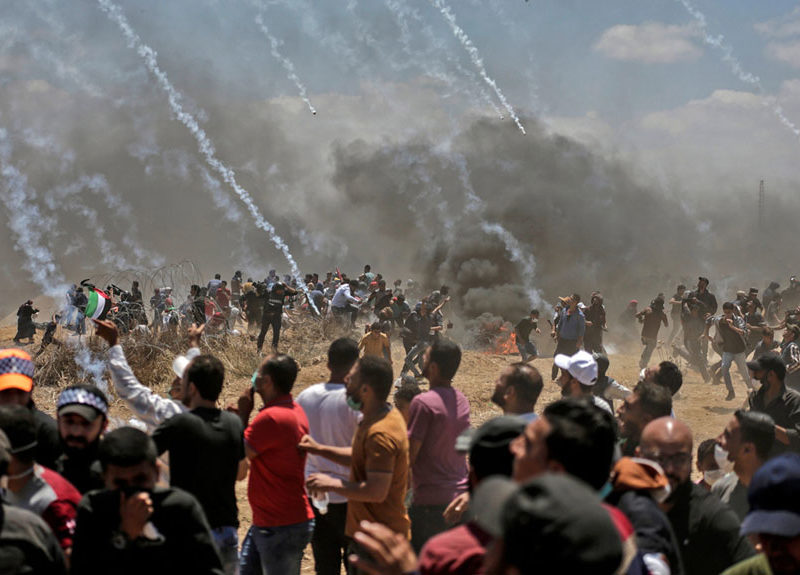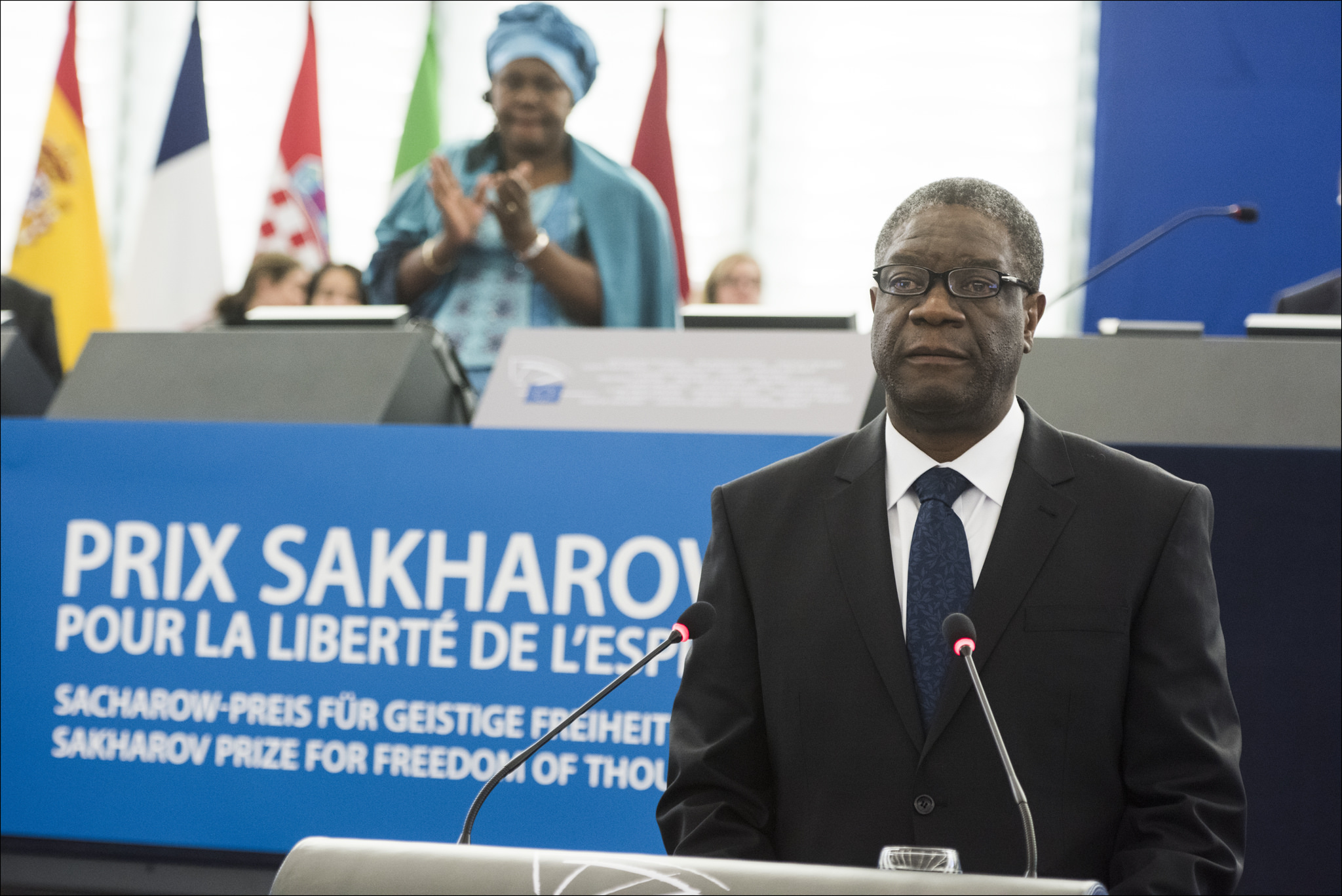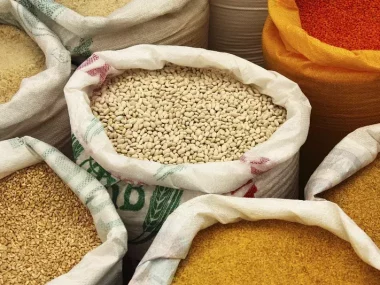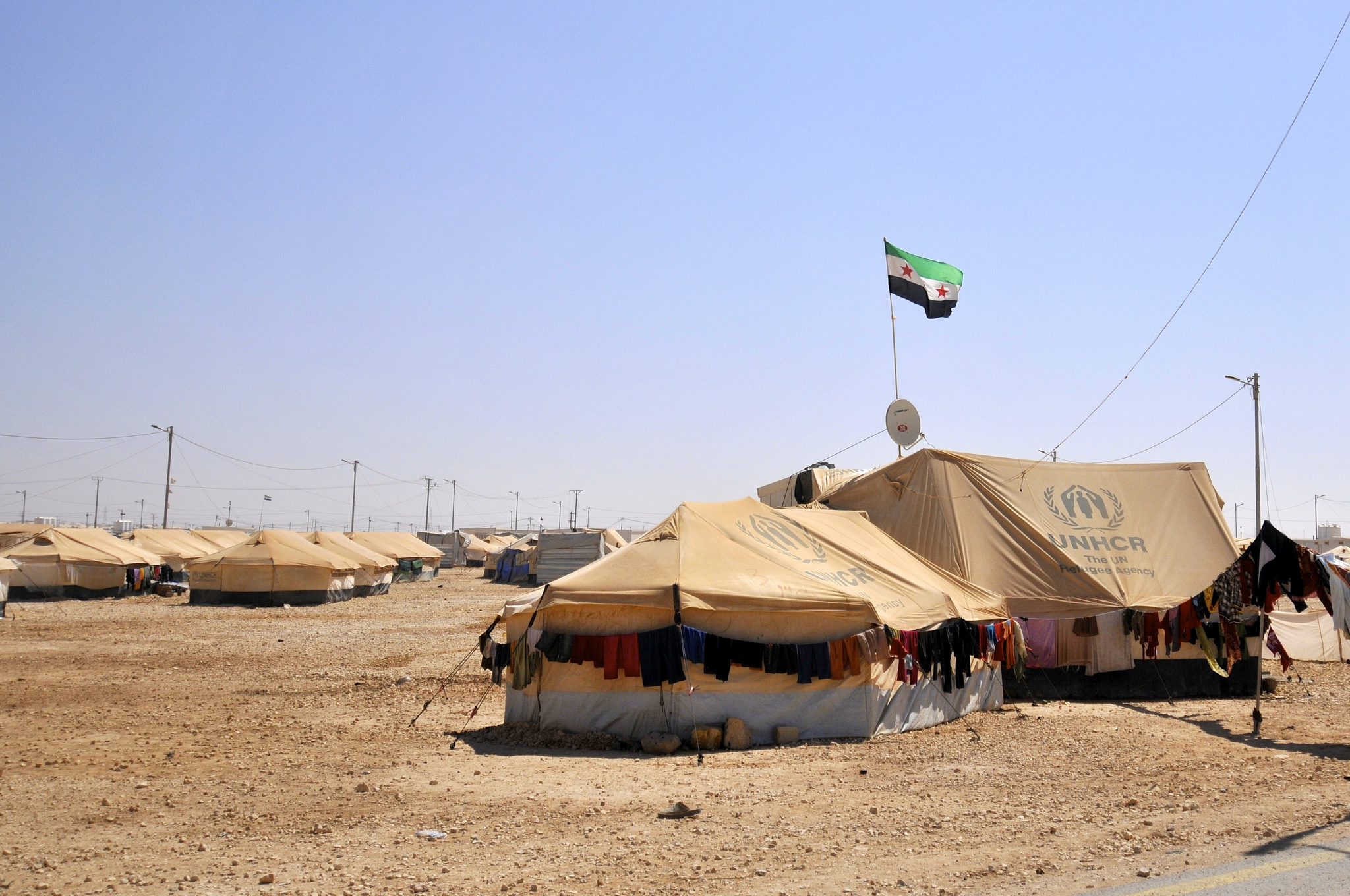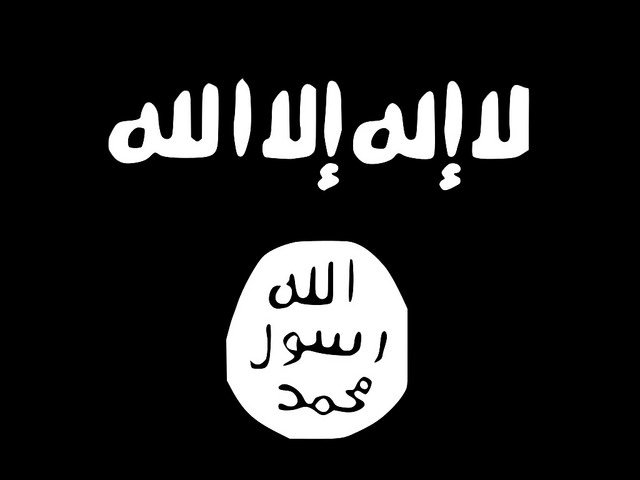Guest post by Jeremy Pressman
At first blush, this round of Hamas-Israel fighting was remarkably similar to past events like the 2014 war. Rockets and aerial bombings. More than 90 percent of the casualties and wounded were on the Palestinian side. Israeli bombing did significant damage to Gaza’s civilian infrastructure. Millions of Palestinians and Israelis experienced deep trauma. The United States supported Israel. Egyptian mediation led to a ceasefire. Hamas and the Government of Israel both claimed victory. In the end, the Israeli occupation continues.
But parts of the Israel-Palestine struggle are dynamic, and the domestic political impact may play out differently this time. Palestinian unity across fragmented geographic spaces and Israeli tactical choices across those same spaces suggest ways the conflict could be changing when compared with 2014 and other past events.
Both the Israeli government and Hamas may have improved their political standing as a result of the recent fighting. Prime Minister Benjamin Netanyahu had been close to losing office as negotiations for a new governing coalition without him seemed to be making progress. Then, starting May 10, Hamas launched rockets at Israel. If the struggle with Hamas derailed the formation of a coalition to counter Netanyahu, and Israel instead heads to a fifth election, Netanyahu may frustrate the pro-change bloc once again. Some have even argued it was an intentional Netanyahu effort.
Hamas may have boosted its political position relative to its rivals—President Mahmoud Abbas and his political party, Fatah. Throughout the conflict, Hamas confronted Israel directly while Fatah was nowhere to be found. It has been some time since Fatah has appeared to be advancing the Palestinian national cause. Perhaps that explains why President Abbas postponed the May 22 Palestinian election: fear of an overwhelming Fatah defeat at the polls.
Although Israel Defense Force (IDF) strikes and Hamas rockets dominated media coverage in mid-May, more fundamental changes were happening elsewhere. Palestinian fragmentation, for example, has long been the norm, both in terms of the political and geographic split between Fatah and Hamas and in how Israel treats Palestinians—differently—based on whether they reside in Israel (“Israeli Arabs”), East Jerusalem, the West Bank, or Gaza. But this time, Palestinians were united. Images of Palestinian citizens of Israel trying to get to Jerusalem to defend the Palestinian position in Sheikh Jarrah and at al-Aqsa Mosque cut across past divisions. If that sense of unity sticks, it could generate energy for a wider and more influential pro-Palestine movement.
At the same time, and as Dana El Kurd documented, younger Palestinians played an important role in orchestrating Palestinian protest. This likely concerns both the Israeli government and Hamas. Neither would like to see the development of an alternate center of Palestinian power outside the existing movements (Hamas/Fatah), especially if it is based on community organizing and political protest. Continued developments in this direction would be a major shift.
The recent war laid bare changes happening inside Israel, too. The appearance of roving, violent groups in Acre, Bat Yam, Haifa, Jaffa, Lod, and other parts of pre-1967 Israel was striking. Arab-on-Jew and Jew-on-Arab violence among Israeli citizens belies the conceit that Israel defined as a Jewish state is a viable proposition going forward. It collapses state-constructed distinctions between included and excluded (occupied) Palestinians. When Rami Younis, a Palestinian citizen of Israel, described Israeli Jews moving to Palestinian neighborhoods to push the process of Judaization—he was talking about what’s happening inside Israel, though the tactics are usually associated with East Jerusalem and the West Bank.
The Israeli state has framed the recent violence as driven mostly by Arabs against Jews. It remains to be seen whether the evidence bears out that claim. Like any political establishment, the Israeli government and police’s interest is in protecting the in-group (Israeli Jews) and castigating the out-group (Israeli Palestinians). The vast majority of arrests have been of Palestinian citizens and Israeli police have been decidedly rougher with Palestinian citizens. Israel has arrested not only violent actors but also protestors and bystanders.
This uneven treatment could be evidence of greater violations, but it most likely reflects deeply held police and IDF bias against Palestinians and support for violent Israeli Jewish actors. In Gaza and the West Bank, Israel’s occupation forces have not tolerated Palestinian protest in any form but overlooked Jewish actions including violence directed at Palestinians. By May 10 in East Jerusalem, part of the occupied West Bank, “some 250 Palestinians had been injured during police operations against what started as peaceful protests.” On May 15, Israeli soldiers were filmed in Sheikh Jarrah in East Jerusalem popping a bunch of balloons because they were in the Palestinian colors of black, white, green, and red. Balloons. Given this backdrop, Israeli forces did not tolerate protests in Israel either. Lawyers for Defending the Uprising Detainees documented the arbitrary and brutal nature of Israeli police arrests of Palestinian citizens in recent weeks.
In a sense, we are witnessing two forces working against the historic fragmentation of the Palestinian community. We see both Palestinian-generated unity efforts and the widespread use of Israel’s repressive tactics across Israel, East Jerusalem, the West Bank, and Gaza. Palestinians are joining hands across political lines as the Israeli state is unleashing its repressive apparatus across those lines as well.
Jeremy Pressman is author of The sword is not enough: Arabs, Israelis, and the limits of military force (Manchester University Press). He is an associate professor of political science and director of Middle East Studies at the University of Connecticut.

